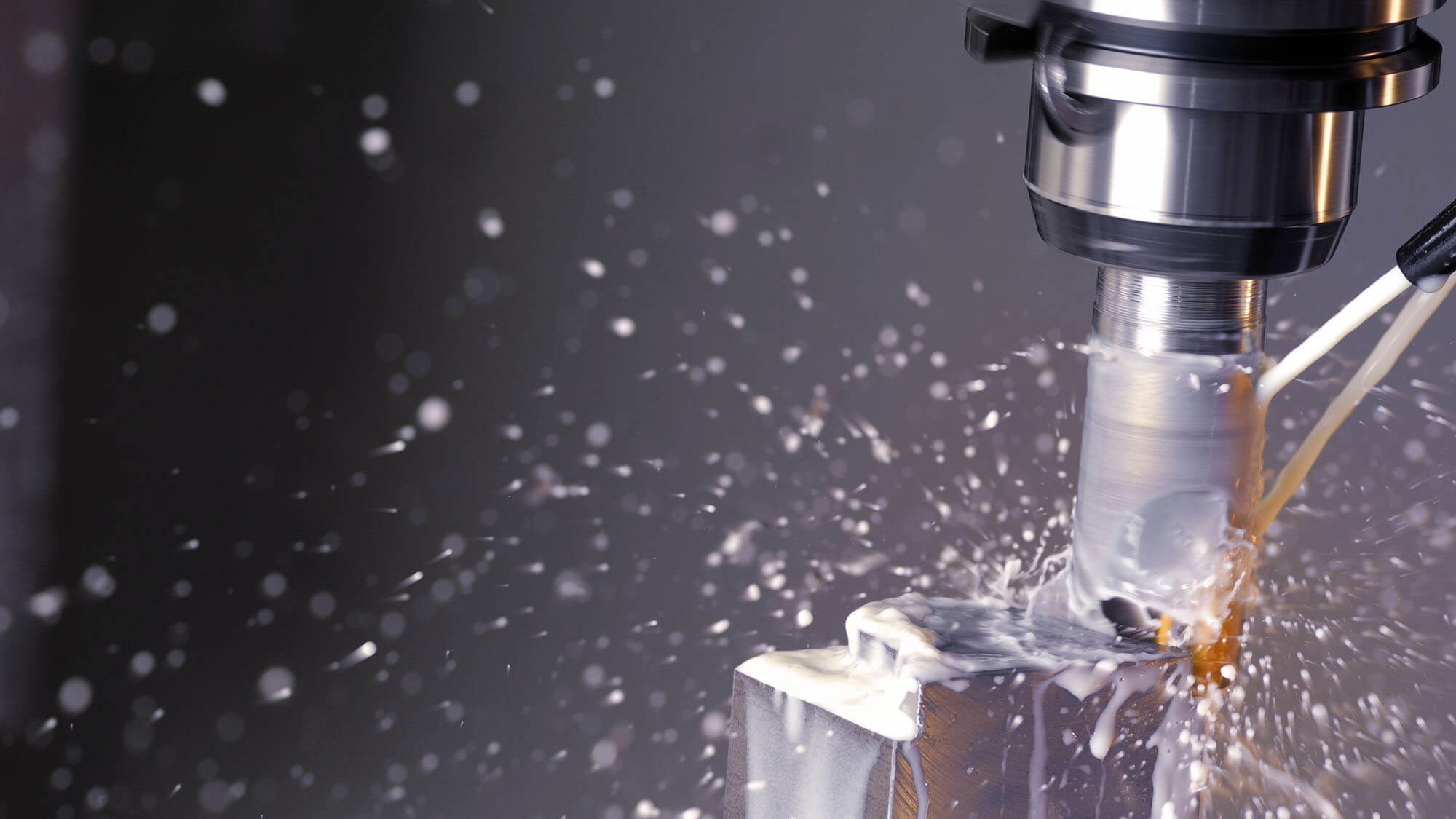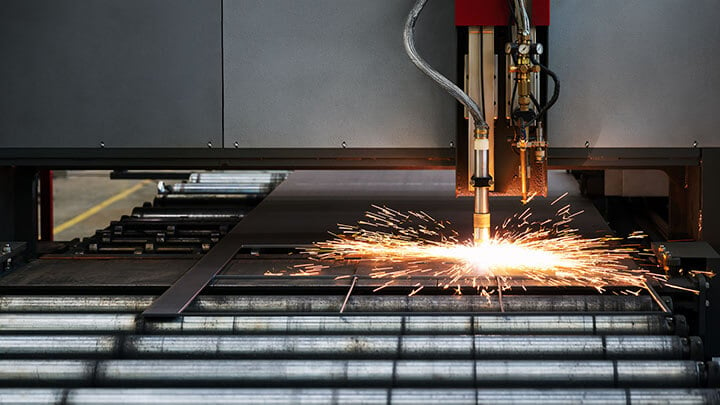Understanding the 2023 Updates to the CSA C22.2 No. 301 Standard – Part 2

22 May 2025
An Overview of the Physical and Mechanical Requirements for Industrial Machinery Installations
In part 2 of our Understanding the 2023 Updates to the CSA C22.2 No. 301 standard series, we look at the physical and mechanical requirements related to environmental considerations and non-electrical hazards.
Environmental Considerations
Industrial machinery can be installed in a variety of different environments. These may range from clean rooms to material processing to food processing. These environments may be indoors or outdoors. Due to the vast range of environments, CSA C22.2 No. 301 was updated to address many of the hazards these environments can introduce.
First, the standard was updated to include numerous requirements for the electrical enclosure of outdoor equipment. This includes requiring polymeric materials to meet UV exposure requirements, and for the equipment to consider the enclosure Type protection that would be suitable for the product. The minimum Type rating for electrical enclosures for outdoor equipment is now specified as Type 3R. If the enclosures are custom, then the standard also allows for testing to be performed to meet the performance requirements.
Additionally, for outdoor equipment for use in Canada, machinery will often be used in temperatures below 0°C. In these situations, the equipment will require further analysis and if components are not rated for cold temperatures, then heaters and thermal insulation may be required. For situations where the equipment is for use outside the nominal 0°C to +40°C range, the external ambient temperature will be needed on the nameplate and in the instructions.
For machinery installed in an indoor location, traditionally a minimum Type 1 rating for electrical equipment is acceptable, however for machinery it is recognized that some indoor locations are wet locations. Examples of this include where washing of the machine is required for food processing machines. In these situations, a minimum of Type 2 enclosures is required, however the use of the machine must be considered and a Type 2 minimum may not be always suitable.
Non-Electrical Hazards
As part of industrial machinery, a risk-based approach is taken to the overall product assessment. Not only are electrical hazards considered, but non-electrical hazards must also be addressed. CSA C22.2 No. 301, clause 7.1 was updated to clearly identify that non-electrical hazards must be addressed for a product to be found in full compliance with CSA C22.2 No. 301. Clause 7.1 includes a note that states “Non-electrical hazards are addressed in CSA Z432 and CSA Z434”.
CSA Z432 is titled “Safeguarding of machinery” and includes parts of ISO 12100 regarding risk assessment as well as ISO 13849-1 regarding functional safety. In general CSA Z432 outlines hazard identification, risk assessment, and risk mitigation methods.
CSA Z434 is titled “Industrial robots and robot systems” and is the Canadian adoption of ISO 10218-1:2011 and ISO 10218-2:2011. These two ISO standards are combined into the single CSA document along with multiple national deviations.
As mentioned in the first blog in this series, the scope of the standard has been expanded to include industrial robots. As such the use of these standards is dependent on what type of product is being approved.
In the first edition, non-electrical hazards and CSA Z432 were mentioned in several locations within the standard, however they were not normative requirements. The inclusion of this into the normative text of clause 7.1 further strengthens the safety of products which will reach Canadian users.

